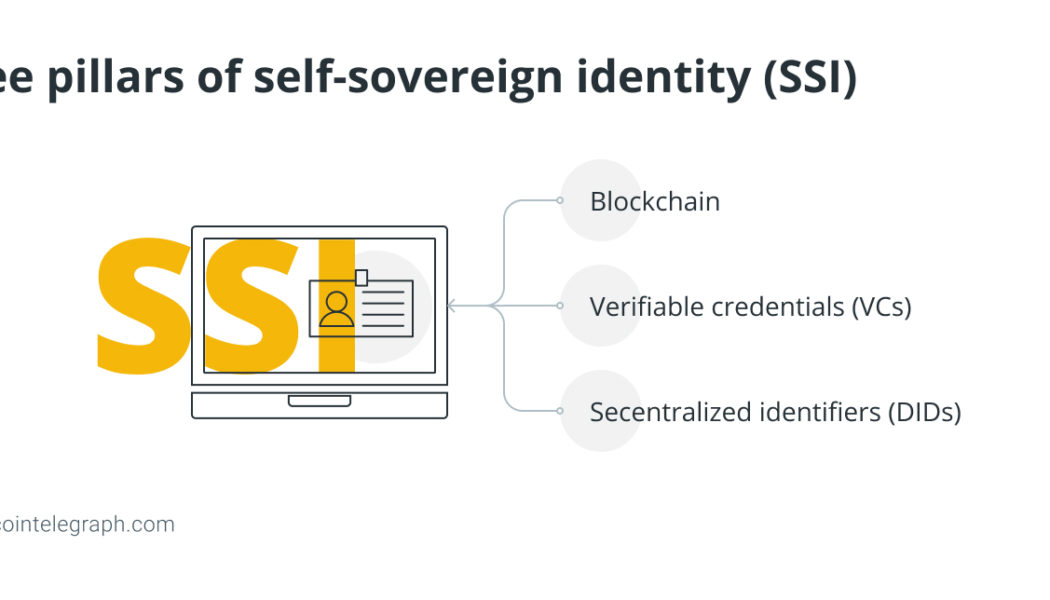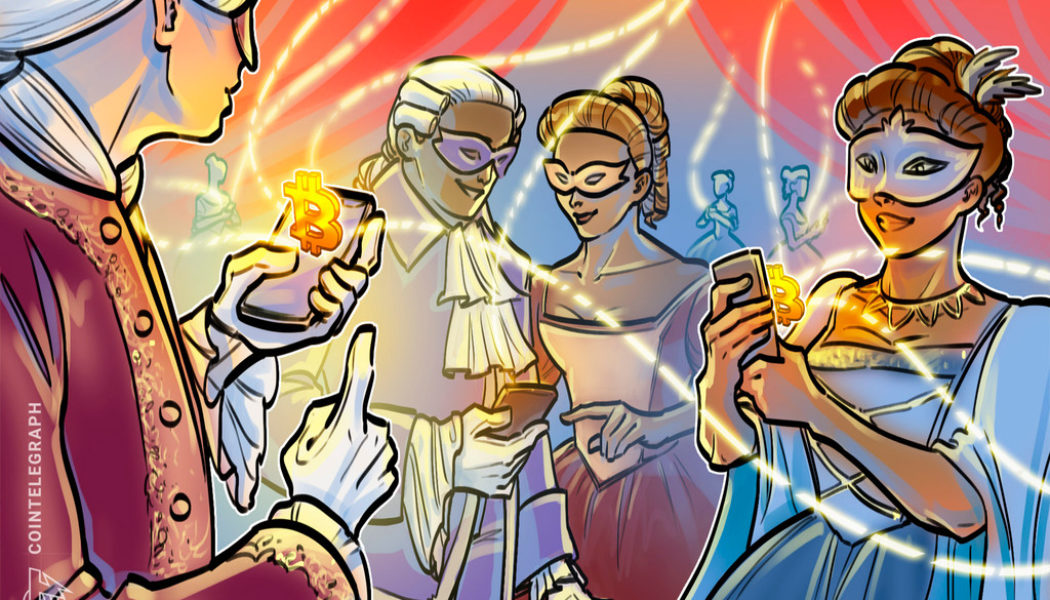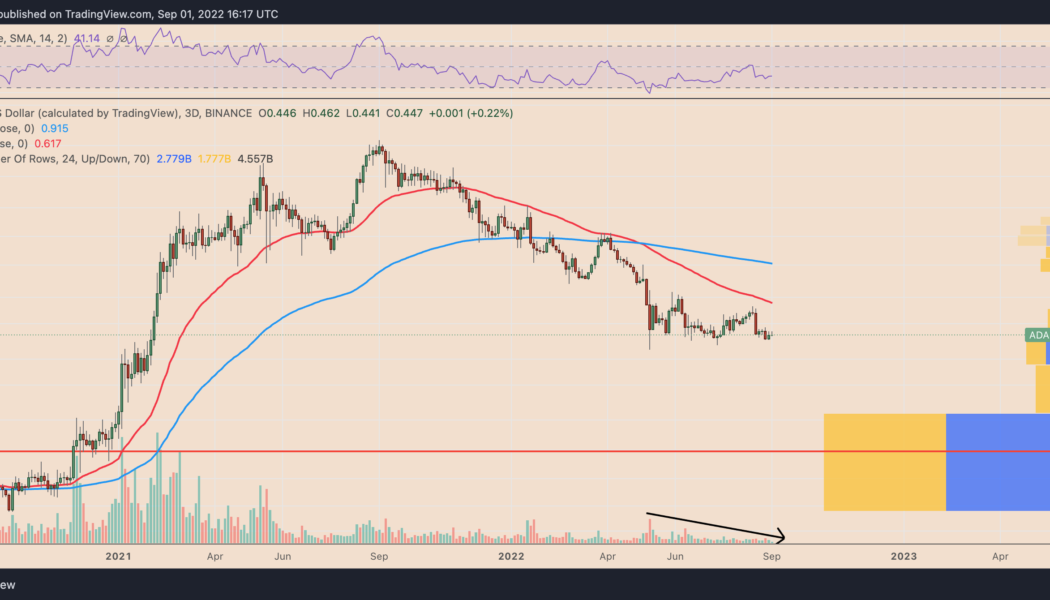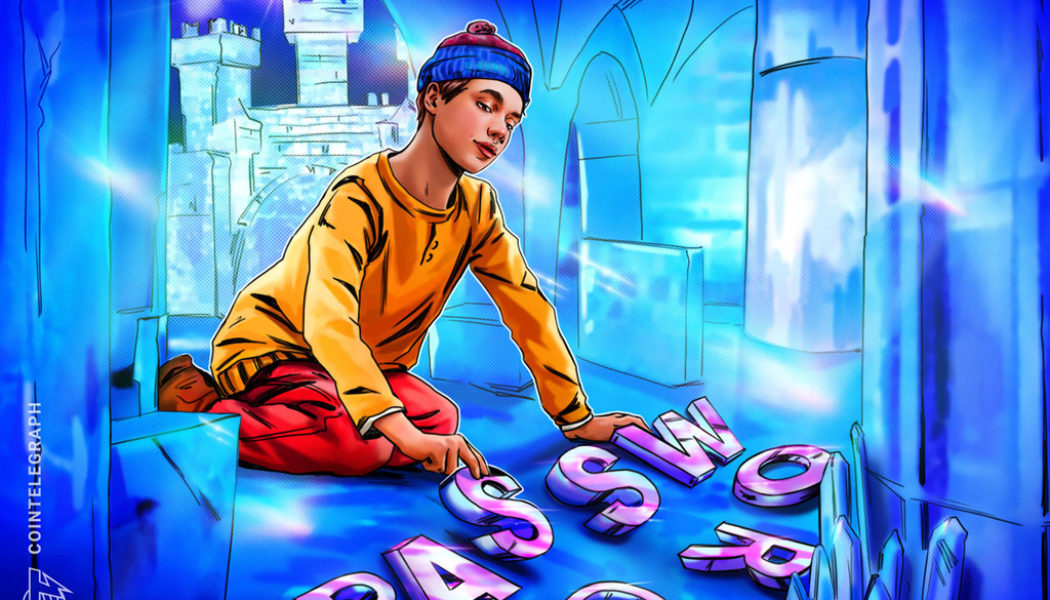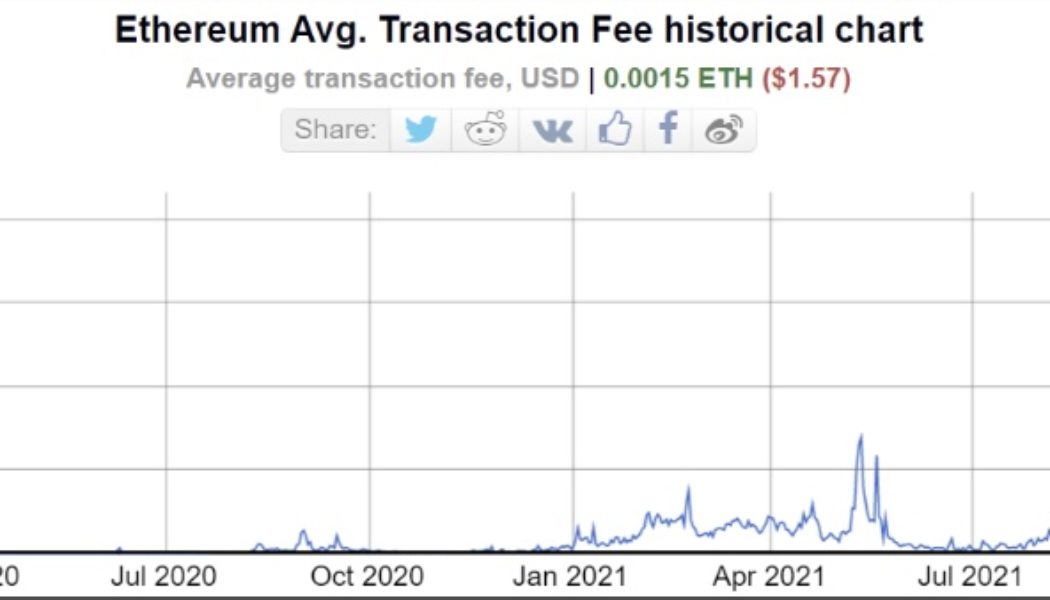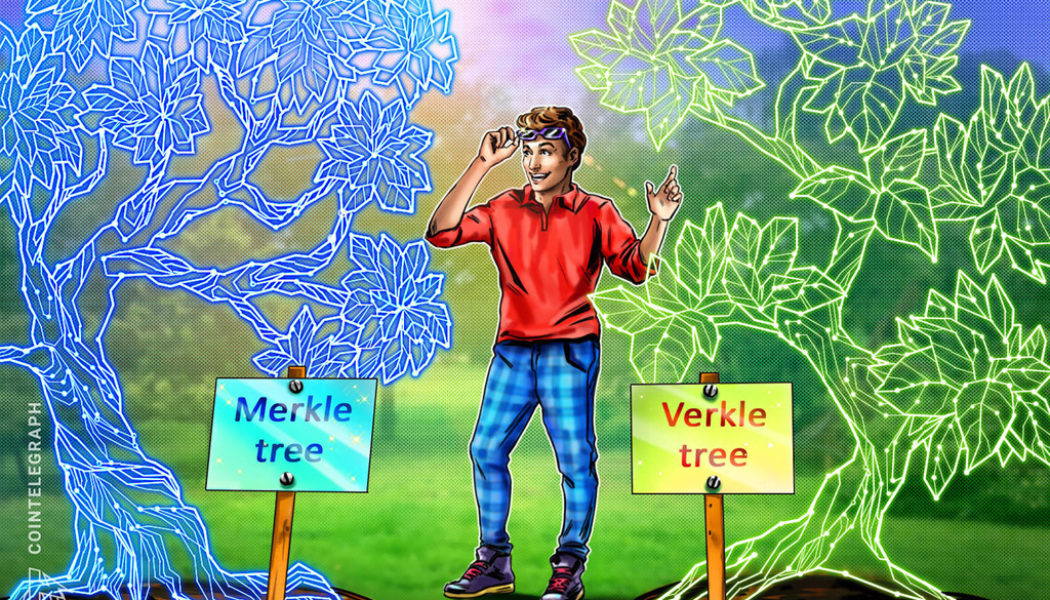Blockchain
Downsides of Proof-of-Work and Proof-of-Stake, explained
Proof-of-Work and Proof-of-Stake are arguably the best-known consensus mechanisms — but new ones are continually emerging. PoW blockchains have long dominated the cryptocurrency landscape, with both Bitcoin and Ethereum using this model. This means miners are responsible for securing the network and validating transactions — and they get rewarded with new coins as a result. However, a common criticism surrounding Proof-of-Work relates to how much energy it uses, and the impact such blockchains have on the environment. Miners need to use vast amounts of computing power to solve arbitrary mathematical equations. More advanced hardware has been required as the industry matured, with electricity usage surging too. This has led Proof-of-Stake to be regarded as a mo...
From the valley to oasis: Swiss and Dubai crypto associations team up
Switzerland-based Crypto Valley Association will partner with Dubai’s Crypto Oasis to collaborate in the ongoing development of the blockchain industry in both countries. The Crypto Valley Association (CVA), based in the Swiss Canton of Zug’s self-proclaimed ‘crypto valley,’ will spearhead the partnership with its counterpart in Dubai to connect a growing group of blockchain communities in Switzerland and the Middle East. Both associations were founded by Ralf Glabischnig, who played a major role in Zug’s establishment as a center for blockchain and cryptocurrency organizations. The likes of the Ethereum Foundation were born in the area, as Cointelegraph Magazine previously explored. The new partnership between the Swiss and UAE-based associations is set to establish connection...
NFT NYC 2022: A look inside a massive NFT conference
Cointelegraph senior reporter Rachel Wolfson spent a day exploring NFT NYC 2022 to learn about emerging nonfungible token projects,or NFTs, and how the sector may advance. A recent market report published by Verified Market Research (VMR) predicts that the NFT market could reach a value of $230 billion by 2030. NFT NYC 2022 certainly demonstrated the potential of the NFT sector, highlighting some of the most promising use cases and industry experts. For instance, Camila Russo, founder of The Defiant and author of The Infinite Machine, told Cointelegraph that NFT products should advance to bring value to holders, whether that comes in the form of community building or funding for new projects. Cointelegraph also visited offsite houses hosted by Ripple and Doodles. David Schwartz, chie...
Can the government track Bitcoin?
Apart from data analysis done alone or in cooperation with private companies, authorities may request information from centralized exchanges. Due to regulation, centralized exchanges may also be obligated to share such information. However, not all cryptocurrency exchanges collaborate with authorities. A centralized exchange is a cryptocurrency exchange that is run by a single entity, such as Coinbase. To become a licensed operator in a certain country or territory, centralized exchanges need to comply with regulations. For instance, to decrease cryptocurrency anonymity and the illicit use of cryptocurrencies, most centralized exchanges have incorporated Know Your Customer (KYC) checks. KYC is meant to verify customers’ identities alongside helping authorities to analyze activity...
What is decentralized identity in blockchain?
Self-sovereign identity is a concept that refers to the use of distributed databases to manage PII. The notion of self-sovereign identity (SSI) is core to the idea of decentralized identity. Instead of having a set of identities across multiple platforms or a single identity managed by a third party, SII users have digital wallets in which various credentials are stored and accessible through reliable applications. Experts distinguish three main components known as the three pillars of SSI: blockchain, verifiable credentials (VCs) and decentralized identifiers (DIDs). Blockchain is a decentralized digital database, a ledger of transactions duplicated and distributed among network computers that record information in a way that makes it difficult or impossible to change, hack or cheat. Seco...
Are Bitcoin transactions anonymous and traceable?
It can be difficult to track Bitcoin transactions when people use various wallets and Bitcoin mixers. These factors disrupt the search process and take up a lot of time. Despite the fact that it is challenging for users of a Bitcoin wallet to conduct transactions completely anonymously, there are several ways to get close to anonymity. For example, it is possible to use a cryptocurrency mixer. In this case, it is a Bitcoin mixer, which ensures that it is more difficult to make Bitcoin traceable. This is done by mixing BTC transactions from different people together in a pool, then sending the transactions to the intended addresses. In addition, wallets can also be very difficult to monitor. If someone does not want their activities on the Bitcoin network to be traceable, it is possible to ...
Cardano gets listed on Robinhood but ADA bulls are running out of steam, risking 40% drop
ThCardano (ADA) market has witnessed back-to-back pieces of good news since Aug. 31, from its listing on Robinhood, a U.S.-based retail investment platform, to the release of its first lending and borrowing protocol, Aada Finance. Additionally, Cardano developer IOHK stated that they are close to clinching “three critical mass indicators” that would lead to the launch of their long-awaited Vasil hard fork in September. Vasil aims to improve Cardano’s scalability and transaction throughput through pipelining. The upgrade could also improve the decentralized application (DApp) and smart contract capabilities by changing the Plutus script, a programming language used for smart contracts on the Cardano blockchain. This week, we’re well on our way to hitting our...
Ripple’s plan to tokenize Colombian land stalls amid new administration
A partnership between the Colombian government and Ripple Labs to put land titles on the blockchain appears to have stalled following the project being “deprioritized” by the new administration. The project was initially announced by the outgoing government’s Ministry of Information Technology and Communications just two weeks before the newly elected president Gustavo Petro was sworn into office. According to an Aug. 30 report from Forbes, the interim director of the National Lands Agency Juan Manuel Noruega Martínez said the project is not part of the agency’s strategic priorities for 2022, stating: “This isn’t one of the projects defined in the PETI [Strategic Plan for Information Technologies]” The shift comes as something of a surprise considering Colombia’s ne...
What is a seed phrase and why is it important?
A seed phrase might be confusing and probably you might be wondering how a seed phrase looks and maybe how it is created. The seed phrase is generated by a cryptocurrency wallet and the user has no way of customizing it. The words generated are derived from a list of 2048 words. So, how many words is a seed phrase? A seed phrase is made up of a long string consisting of a group of random words. The words on a seed phrase are simplified so that the user can remember them, unlike if the seed phrase consisted of long numbers or special characters. The recovery phrase consists of 12 to 24 words like energy, road or open. To avoid errors, these randomly generated words do not include pairs like “man” and “men” in the same seed phrase. Bitcoin im...
Lower costs, higher speeds after Ethereum’s Merge? Don’t count on it
As we approach the date of Ethereum’s Merge, users have speculated about what it will mean for projects and the wider ecosystem. Some argue the Merge will have little impact on gas fees and believe transaction speeds might improve. However, in general, most ordinary users will not notice much change. The real changes for average users will only be seen after the sharding mechanism is introduced six months later. The Merge will reduce energy consumption and increase security The Merge is a planned update to the Ethereum network scheduled for Sept. 15. It will move transaction validation from proof-of-work (PoW) to proof-of-stake (PoS). PoS has been part of Ethereum’s plans for many years, but the level of technical sophistication it requires has taken time to develop. It means a transition ...
Merkle trees vs. Verkle trees, Explained
Merkle trees are employed in Bitcoin (BTC) and other cryptocurrencies to more effectively and securely encrypt blockchain data. Verkle trees allow for smaller proof sizes, particularly important for Ethereum’s upcoming scaling upgrades. But, how do you identify a Merkle tree? Leaf nodes, non-leaf nodes and the Merkle root are the three essential parts of a Merkle tree in the context of blockchains. Transaction hashes or transaction IDs (TXIDs) reside in leaf nodes, which can be viewed on a block explorer. Then, above the leaf nodes, a layer of non-leaf nodes is hashed together in pairs. Non-leaf nodes keep the hash of the two leaf nodes they represent below them. Related: What is blockchain technology? How does it work? As the tree narrows as it ascends, half as many nodes ...
Tycho Launches Web3 Community On Polygon Blockchain
Tycho is using Web3 technology to forge an artist-to-fan community built for the future. Tycho’s unique come-up allowed him to experience various trades within the music industry before rising to prominence as an artist himself. In an introduction to his new Tycho Open Source Community, the Grammy-nominated Weather artist explains that creating his own music publication in the early days of his career allowed him to build a community and engage with other writers in a marketplace of ideas. While the subsequent social media era has certainly had its upsides, Tycho continued, he’s been eager to return to build a stronger, more collaborative sense of community. To that end, the Tycho Open Source Community aims to unite Tycho’s fans from around the world. powered by...








